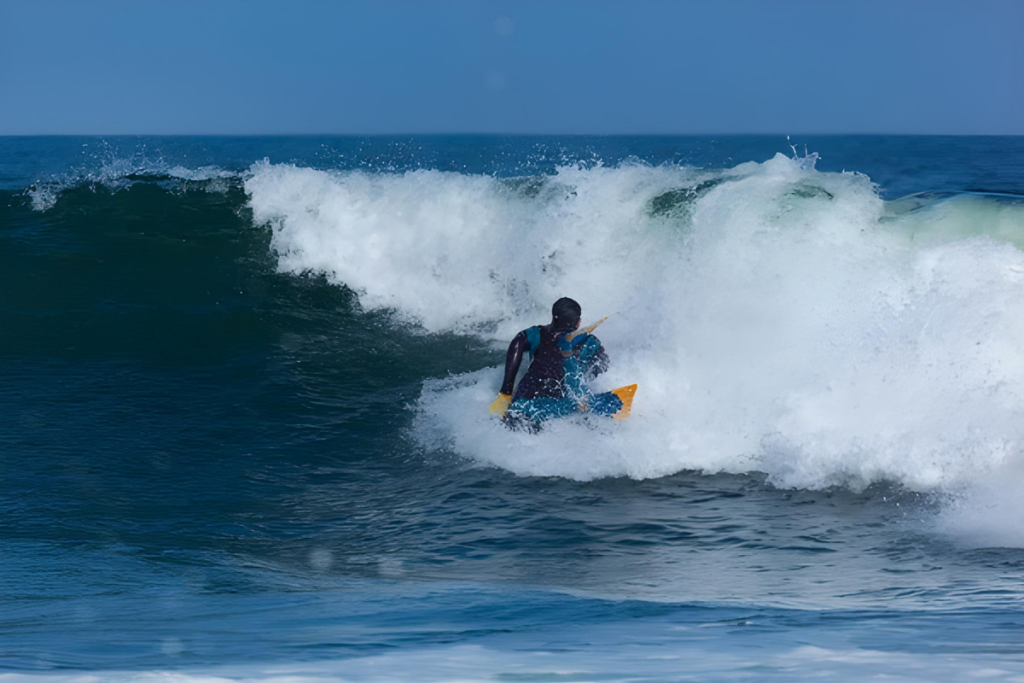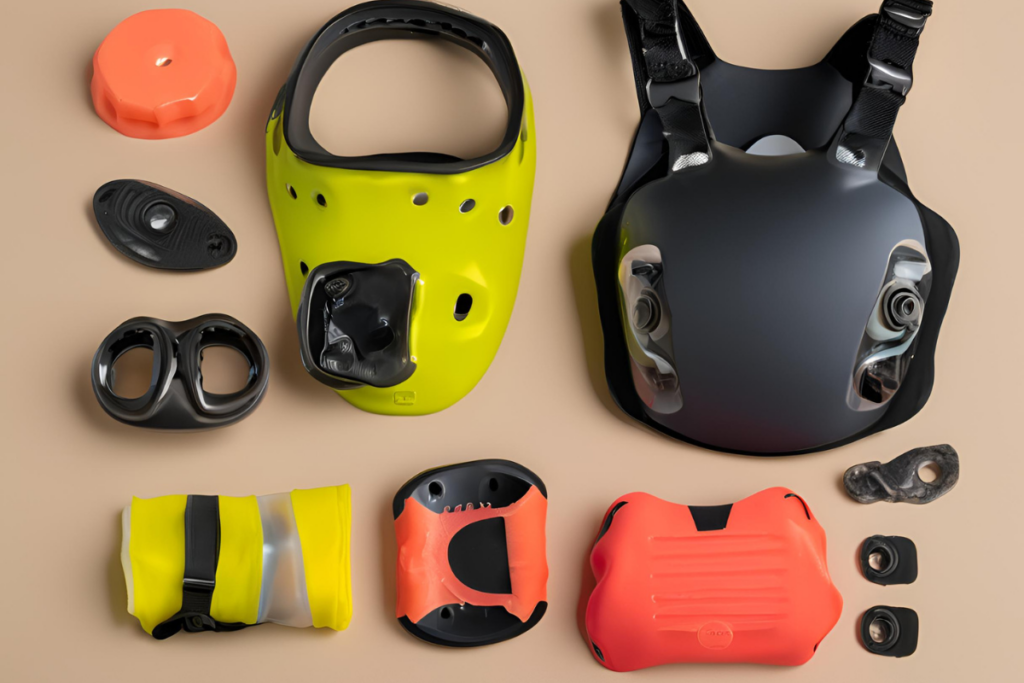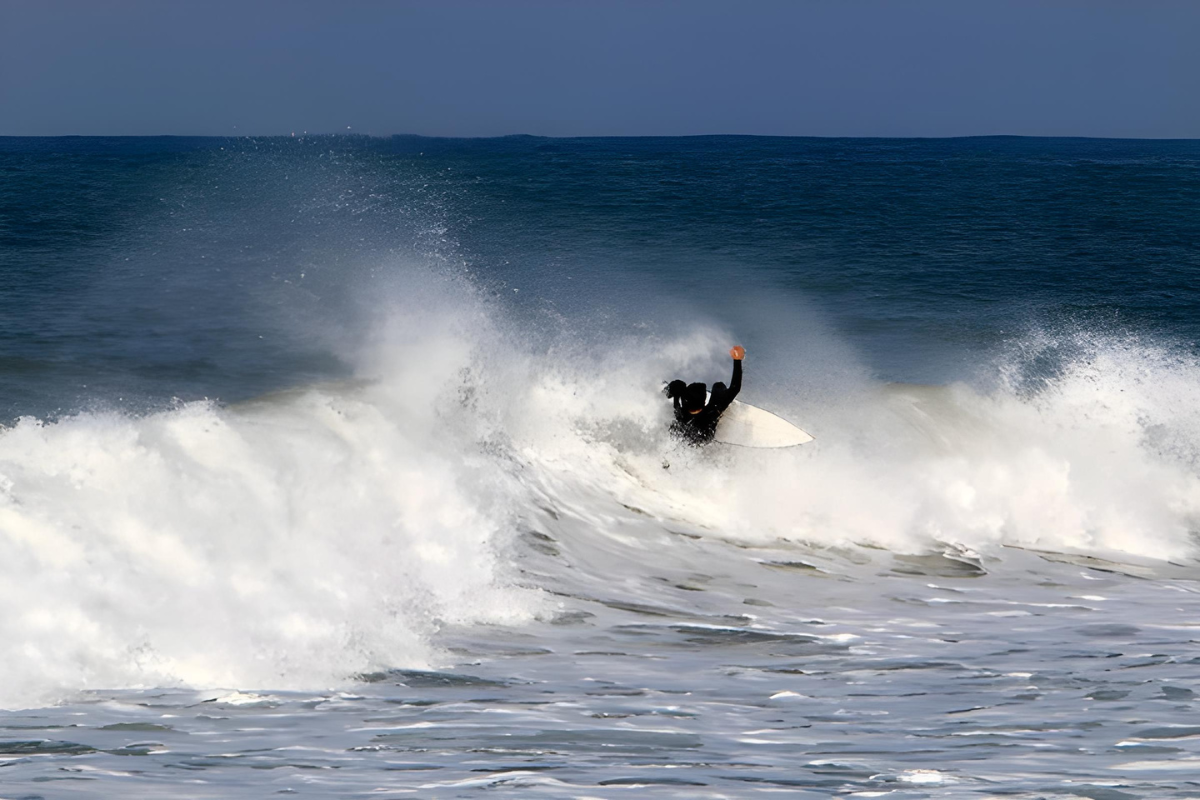The Ultimate Guide to Bodysurfing
Bodysurfing, often described as the purest and most intimate connection between a surfer and a wave, has been practiced for centuries. Unlike traditional surfing, where a board is the primary tool, bodysurfers use their bodies as the surfboard, gliding effortlessly along the face of a wave.
This article covers everything you need to know about bodysurfing—from its history and essential techniques to notable bodysurfers and the best beaches for wave riding.
History of Bodysurfing

The roots of bodysurfing trace back thousands of years to ancient cultures across the globe. Indigenous peoples in Hawaii and Polynesia practiced bodysurfing long before modern surfboards existed. In these cultures, bodysurfing wasn’t just a sport but a way of life, a means of spiritual and physical connection to the ocean.
As European explorers encountered these oceanic cultures, they were fascinated by the fluid grace of bodysurfers riding the waves.
Fast forward to the 20th century, bodysurfing became more popular in the United States, particularly in Southern California. Beaches like Newport and Huntington became hotspots where enthusiasts gathered, perfecting the art of riding waves without a board.
Today, bodysurfing has evolved into a recognized sport with competitions held worldwide. Events like the World Bodysurfing Championships in Oceanside, California, continue to celebrate and elevate the sport’s profile. For more about the cultural origins and historical significance of bodysurfing, check out resources here.
The Basics: What is Bodysurfing?
Bodysurfing involves riding waves using only your body as the surfboard. It’s a simple concept that relies on positioning, timing, and knowledge of how waves break.
Unlike surfing, where equipment like a surfboard plays a central role, bodysurfing is about using your body to catch and glide along a wave’s face. The key is to become one with the wave, allowing it to carry you forward with minimal resistance.
Essential Gear for Bodysurfing

While bodysurfing doesn’t require as much gear as traditional surfing, a few essential items can enhance your experience and improve your performance:
1. Swim Fins
Swim fins are crucial for providing the extra speed needed to catch a wave. Bodysurfers typically wear shorter fins than those used by snorkelers or divers, offering a good balance between propulsion and maneuverability. Popular brands like DaFin and Viper have become synonymous with bodysurfing due to their comfort and performance in the water.
2. Handplanes
Though optional, handplanes (or handboards) are a fun addition for bodysurfers looking to increase lift and speed on a wave. These small, handheld boards are typically made of wood, fiberglass, or foam. They strap onto one hand and help bodysurfers plane above the water, allowing for more extended rides and sharper turns.
3. Wetsuits and Rash Guards
Depending on the water temperature, a wetsuit or rash guard can be essential. Bodysurfers often opt for thinner wetsuits (1-3mm) for flexibility and freedom of movement. In warmer waters, a rash guard suffices, protecting against sunburn and skin irritation from the fins or handplane straps.
4. Nose Plugs and Goggles
For those who spend hours in the surf, nose plugs and goggles can be useful accessories. They help prevent discomfort from saltwater exposure and allow you to stay focused on enjoying your session.
How to Get Started: Basic Techniques
Getting started with bodysurfing involves mastering a few key techniques:
- Reading Waves: Understanding how waves form and break is fundamental. Look for waves that are steep enough to carry you but not too powerful that they break too quickly.
- Positioning and Timing: As the wave approaches, start swimming toward shore with your body aligned with the wave’s face. Kick hard using your swim fins to build up speed.
- Glide and Ride: Once the wave catches you, extend your lead arm forward while keeping your head down. Your body should be streamlined to reduce drag. Use your legs and trailing arm to steer and control your ride.
- Exit Strategy: Knowing when to exit the wave is crucial. Don’t wait for the wave to dump you into shallow water—pull out early by angling your body out of the wave’s path.
Safety Tips for Bodysurfing
Safety is paramount in bodysurfing, especially since waves can be unpredictable:
- Know Your Limits: Start in smaller, manageable waves before progressing to more challenging conditions.
- Respect the Ocean: Always be aware of rip currents, undertows, and other hazards. Check the weather and surf conditions before heading out.
- Watch for Other Surfers: Beaches can be crowded, so be mindful of others in the water, especially in popular surf spots.
Learning basic water safety skills and understanding how to navigate ocean currents is essential for any aspiring bodysurfer.
Health Benefits of Bodysurfing
Bodysurfing isn’t just fun—it’s also an excellent workout:
- Cardiovascular Fitness: The constant swimming, paddling, and kicking provide a great cardiovascular workout.
- Core Strength: Bodysurfing engages your core muscles as you maintain balance and control while riding waves.
- Mental Health: The connection to nature, the rhythmic motion of the waves, and the exhilaration of catching a wave can be incredibly therapeutic.
Common Mistakes to Avoid
Even experienced bodysurfers can make mistakes. Here are some common pitfalls:
- Catching Waves Too Late: Timing is everything. If you’re too late, the wave will break over you, leaving you behind.
- Poor Positioning: Being too deep or too far out on a wave can cause wipeouts or short rides.
- Neglecting Fitness: Bodysurfing requires strong swimming skills. Make sure you’re in good physical shape before tackling larger waves.
Best Bodysurfing Beaches
Not all waves are created equal when it comes to bodysurfing. Ideal spots offer consistent waves that break cleanly and roll without closing out too quickly. Here are some of the world’s best beaches for bodysurfing:
1. Sandy Beach, Oahu, Hawaii
Often referred to as the bodysurfing capital of the world, Sandy Beach offers fast, hollow shore breaks that are perfect for advanced bodysurfers. Located on the southeastern coast of Oahu, this spot is famous for its challenging conditions and powerful waves that break close to shore. However, Sandy Beach can be dangerous for beginners due to its strong currents and sharp, shallow reef.
2. The Wedge, Newport Beach, California
The Wedge is legendary for its massive, unpredictable waves that can reach up to 30 feet during south swells. The steep drop and powerful force of the waves make it a spot only for experienced bodysurfers. Despite its intimidating nature, The Wedge draws bodysurfers from all over the world, eager to test their skills in one of the most iconic wave zones.
3. Waimea Bay, Oahu, Hawaii
Known for its giant waves during the winter, Waimea Bay is a revered spot for both surfers and bodysurfers alike. While the massive waves are famous, the shore break offers a powerful playground for bodysurfers during smaller swells. Waimea has hosted numerous bodysurfing competitions, making it a must-visit location for enthusiasts.
4. Manly Beach, Sydney, Australia
Australia’s Manly Beach is a popular spot for both beginners and seasoned bodysurfers. The consistent waves, sandy bottom, and friendly vibe make it an excellent location for honing bodysurfing skills. Manly also has a vibrant surf culture, with local clubs and competitions promoting bodysurfing throughout the year.
5. Hossegor, France
Known for its world-class surf breaks, Hossegor’s beaches on France’s southwest coast also offer excellent conditions for bodysurfing. The beach breaks here produce fast, barreling waves ideal for those looking for a thrilling ride. In addition, the stunning scenery and lively beach scene make Hossegor a must-visit for any surf enthusiast.
Conclusion
Bodysurfing stands out as a raw, unfiltered form of wave riding that connects the rider directly with the ocean. From its ancient origins to its modern-day legends and destinations, bodysurfing is a sport steeped in tradition, skill, and passion.
Whether you’re a seasoned pro or a curious beginner, there’s something incredibly liberating about diving headfirst into a wave and feeling its power as you glide effortlessly towards the shore. With the right equipment, knowledge of the best spots, and inspiration from legendary bodysurfers, you’ll be well on your way to mastering the art of bodysurfing.

